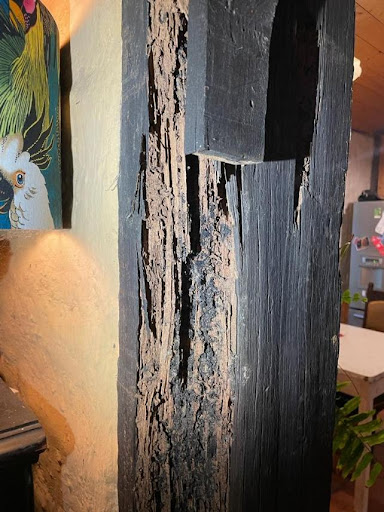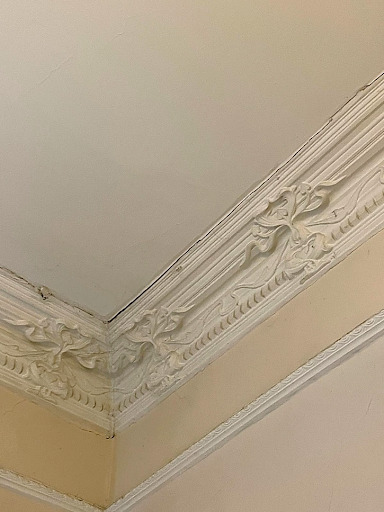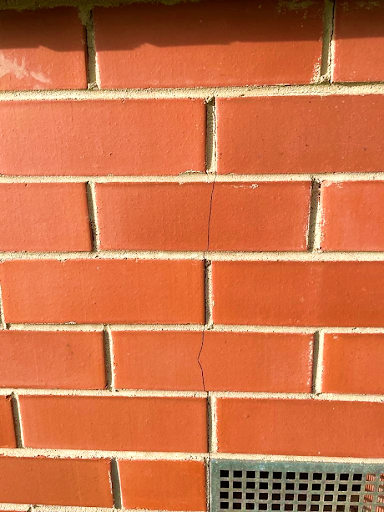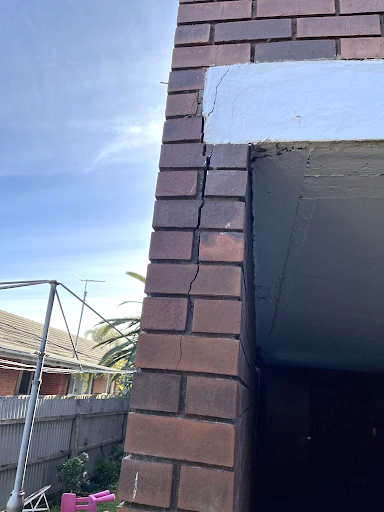





Wall and ceiling cracks can be commonly found in residential buildings. While most plastering cracks can be easily repaired and patched by tradesmen, this form of cosmetic repair would not necessarily guarantee that the cracks would stop forming after that. In most cases, the major cracks can be traced back to a structural defect that would require a major step to repair such as underpinning or restumping.



Two common vertical cracks that can be found in masonry walls are straight cracks and toothed vertical cracks. The straight vertical crack can form through the wall by cracking through the bricks. On the other hand, the toothed vertical cracks normally formed along the brick mortar without cracking through the bricks. Common causes of these vertical cracks are temperature variation, foundation movement and moisture movement. Their impact on the structure depends on the crack width, category and amount of cracks found in the same wall. The cracks shown in the pictures below depict the vertical straight crack and toothed crack respectively. Although these cracks can be repaired easily with a crack filler, it would require further monitoring to understand the causation of the cracks and their rectification. If the cracks continue to develop further in length and width, you should organise an inspection by a qualified inspector as there is a chance it is an active crack due to foundation movement.






